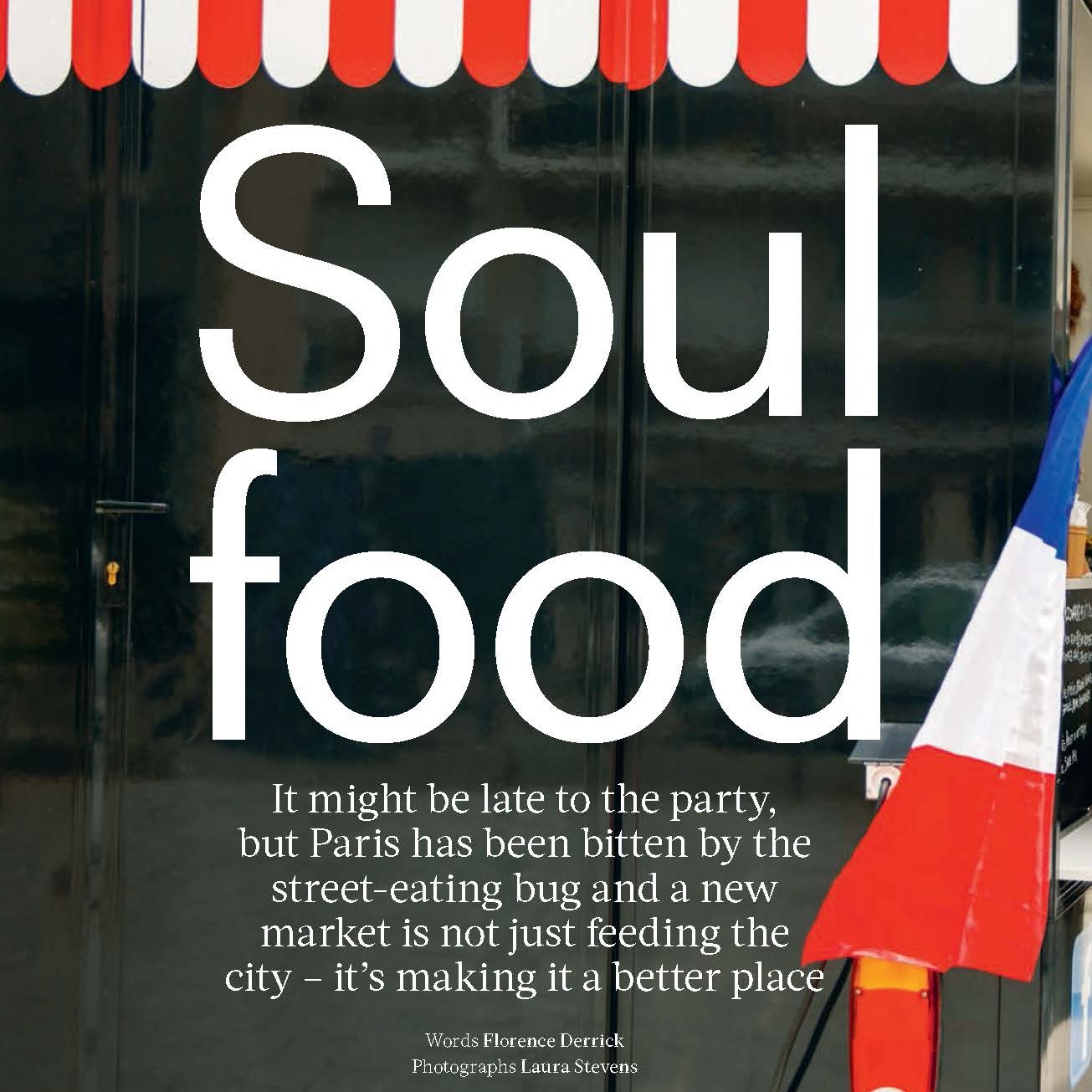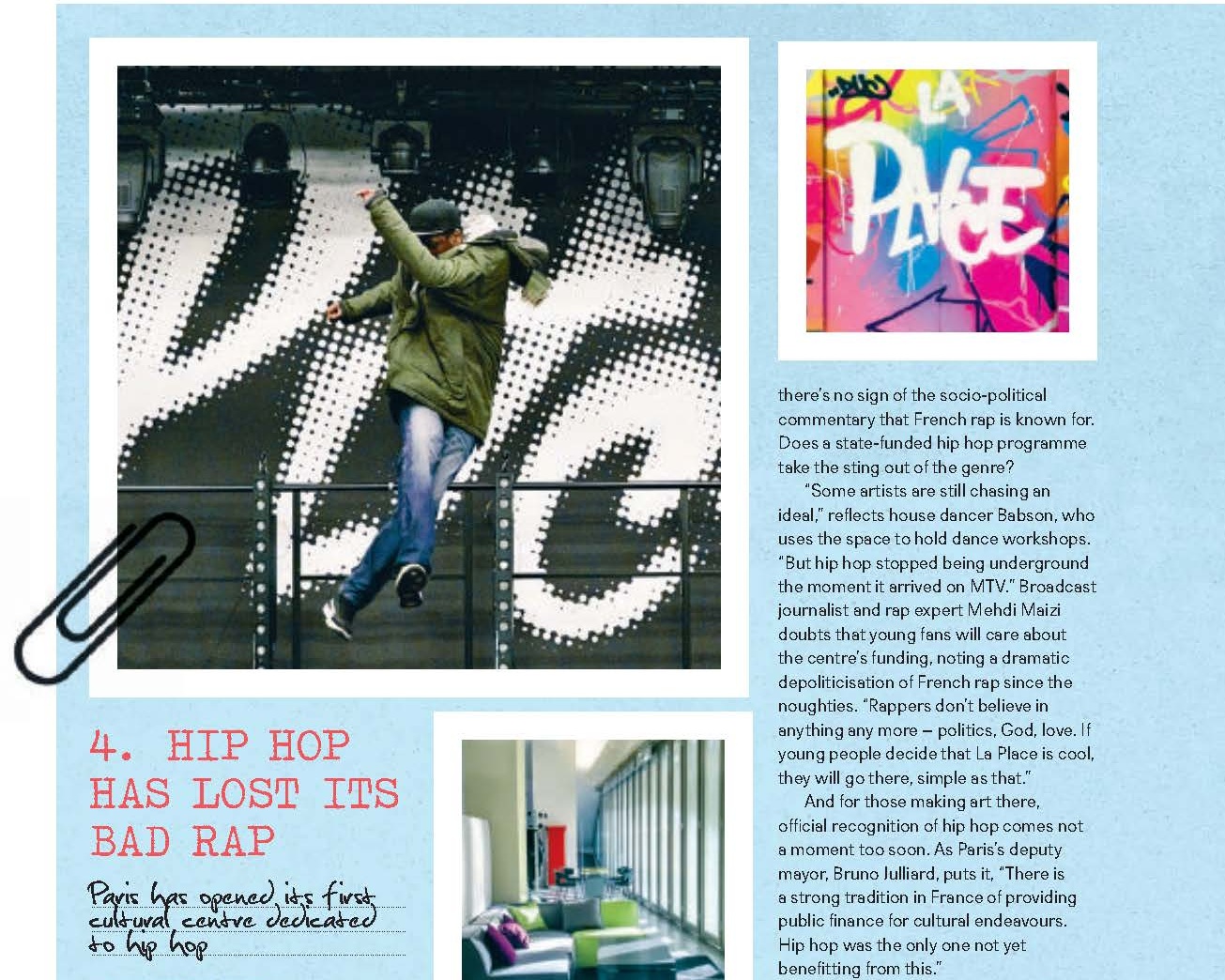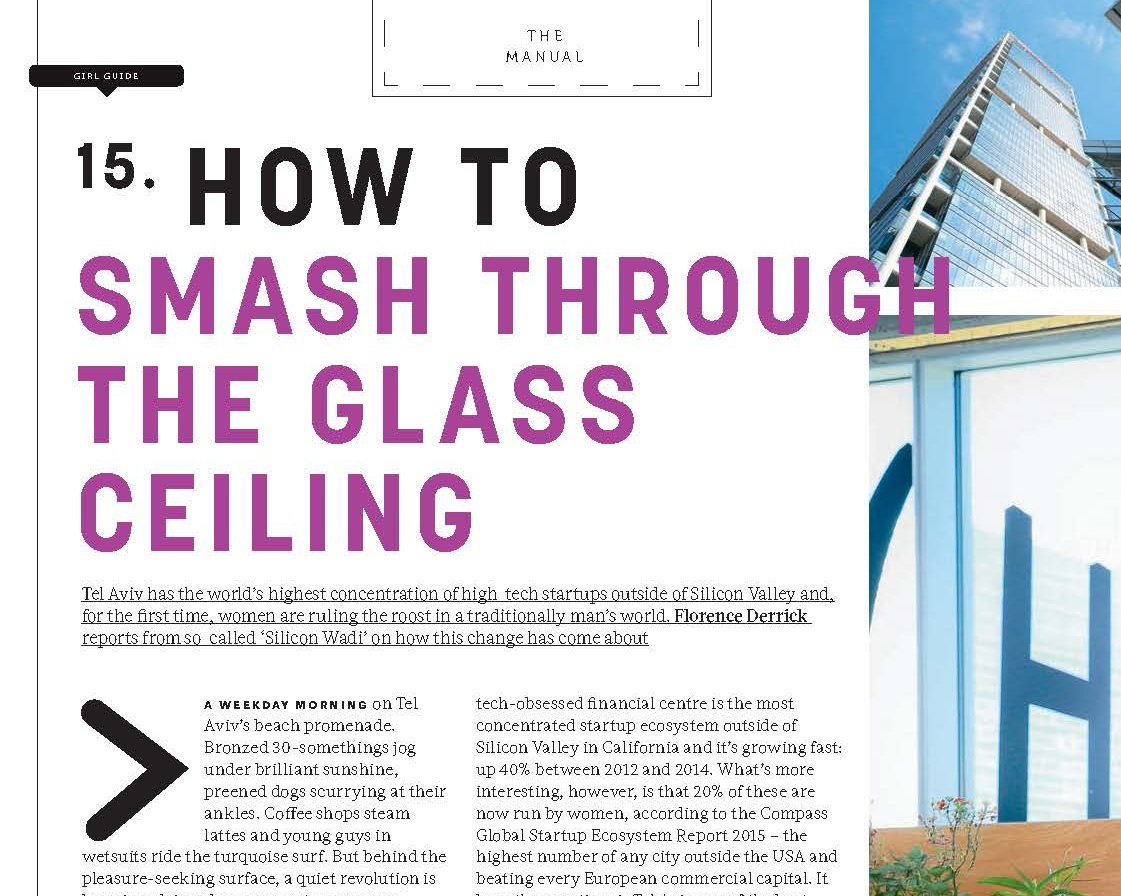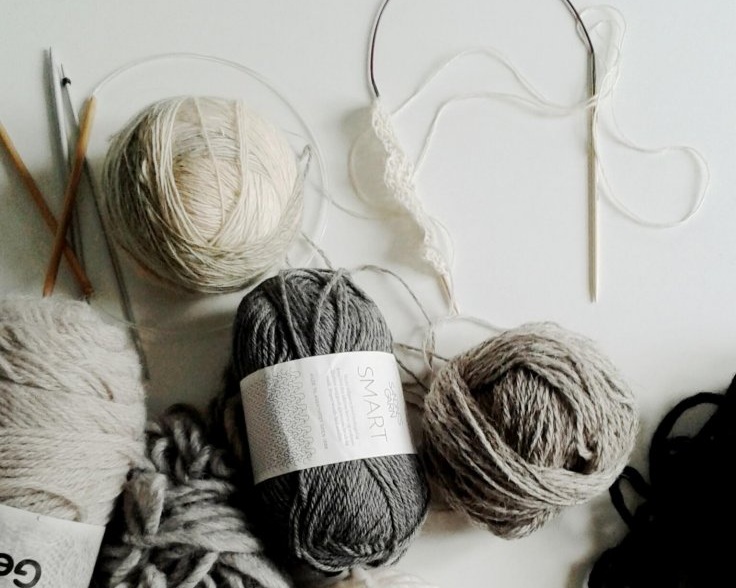The air in the crowded square is thick with the scent of spices. Children chase giant, rainbow-tinted bubbles in the sun, while hip-hop reverberates between a clutter of makeshift stalls and vintage trucks, all displaying their wares on handwritten signs: there are Moroccan lamb kofte pancakes, Senegalese chicken curries and Thai-marinated skewers, the occasional crêpe thrown in for good measure.
On the surface, this gathering outside an old warehouse at Halle Pajol, near Paris’s Gare du Nord, appears entirely unremarkable – after all, such markets have long been a firm fixture in the likes of London, Amsterdam and Berlin – but Street Popote (which roughly translates as ‘street grub’) is special for two reasons.
For a start, it was only last summer that the French capital welcomed its first ever food-truck event in the form of Le Food Market, in Belleville, which drew over 8,000 visitors to just 15 stands selling foods from 15 different countries. It proved that after years of grudging resistance, the French had finally succumbed and started to embrace the global phenomenon.
But such events are still something of a novelty here. “We are really brilliant at food, but we’re traditional and there’s always some reluctance to new things,” explains Lionel Guérin, founder of Street Popote. “But in the past few years, Paris has become much more dynamic and suddenly street food is exploding.”
Street Popote can claim to be the city’s second street-food event, but it is also doing something that goes way beyond simply giving Parisians the opportunity to eat global cuisines. Each stall has a social project attached to it, incorporating communities and cuisines that rarely figure in Paris’s somewhat elite restaurant scene.
“There are a lot of talented people here who don’t have the opportunity to express it,” says Guérin. “I want to draw attention to them – and if I can help to show how enriching and tasty cultural diversity really is, I can go to bed each night and sleep very well.”
Now let’s meet some of those talented people…
The business innovators
In the heart of the busy market, Street Popote’s largest stall is engulfed in a haze of smoke. It’s pouring out from a sizzling grill stacked with Thai chicken satay and Senegalese beef skewers, diligently watched over by young chefs Jiap and Nesta. Beside them, on a polka-dot tabletop, a salad of marinated fish and papaya is prepared by Crystelle, originally from the Central African Republic.
These women are entrepreneurs with plans to open restaurants and catering businesses, and they’re here thanks to Paris’s only state-subsidised kitchen incubator: Plaine de Saveurs.
In the north-eastern suburb of Saint Denis, the nonprofit provides space for aspiring chefs to trial recipes and gain business advice. Each ‘incubee’ uses the kitchen for six months at the cost of just €200 a month – about the same amount as renting a parking space in the city.
“In central Paris, the international restaurant offering is very poor – mainly just kebabs, pizza and sushi,” claims Bertrand Allombert, who launched the incubator programme back in 2013, “but there are 140 nationalities in Saint Denis alone. We try to work with people who don’t have enough money to invest in or sustain a business.”
As far as Allombert is concerned, creating a market – rather than competing with the types of cuisine that dominate the capital’s food scene – is good business sense, but it’s also a way of encouraging interaction between different local communities.
“When people eat each other’s food, they have a better cultural understanding,” he smiles. “Food is peace.” plainedesaveurs.fr
The gourmet grannies
The nutty-sweet smell of browning butter catches in the breeze as Patricia Pastrana pours a ladle of batter into a frying pan. To her right is the crêpe filling responsible for the stall’s long queue – salted caramel. Born in Argentina, Pastrana married a Frenchman 40 years ago and has lived in Brittany ever since. Today marks her fi rst shift with Mamie Foodie, a catering company where grannies rule. Set up in 2015, Mamie Foodie was inspired by Asian street-food culture, which often sees older women touting street-side specialities.
“This isn’t just a business – it’s also a social project,” says cofounder Johanna Pestour. “In France, over a million pensioners from all different backgrounds say they feel isolated. Cooking with us gives them a chance to get out of their homes and have a validated place in society again.”
Anyone over 60 can apply to work with Mamie Foodie – the only requirement is the ability to cook for 15 people or more, with recipes that they bring with them from their respective home countries including Martinique, Sri Lanka and Mauritius. Th e 12 grandmothers and three grandpas with their eclectic recipes have proved a big hit at the events that Mamie Foodie caters for – as have the cooks themselves, who happily share their tips during the cross-generational natter that accompanies each event. For Pestour, it’s this social element that confirms exactly why she set up the project in the first place.
“We learn so much from these grandparents and we know that cooking with us can change their lives, too,” she says. mamiefoodie.com
The culinary fixer
“i was born in Marrakech, but grew up in France,” says Asmâa Benhamra. “I never had problems integrating, but I realised the main thing people associate with Morocco is its food and the reason it’s so good is because there’s a beautiful culture behind it. I decided it was time to show that.”
Last year, she created La Table d’Asmâa, catering events with modern Moroccan canapés and holding workshops to teach children about North African history and culture via its food.
She also runs Gratin d’Emploi, a networking event that puts recruiters and long-term job-seekers into a kitchen together, in a bid to take the pressure off and try to address the unemployment cycle.
Today’s menu features chicken tagine with olives, preserved lemons and potatoes; chicken and thyme-stuffed pastry parcels; roast-vegetable couscous; and mini sugar-glazed cakes, traditionally eaten during Ramadan. Each ingredient holds a significance for Benhamra, who believes that recipes passed from generation to generation are a mirror of the cultures they belong to.
“Take the simplest of ingredients: tomatoes and peppers,” she says. “Every country has a different way of preparing them, with their own spices and flavours, but the base is the same.” For Benhamra, this is a metaphor for people, and food is an effective medium for bridging any cultural gaps. “Whatever religious or political differences we might have, deep down everyone is the same and one thing we can all do is appreciate good food together.” latabledasmaa.com
The community artists
A bubbling pan of spiced sauce, spoon outstretched.
“Have a taste,” grins Mam Fedior, chef at Pitch Me, a West African restaurant in Paris’s buzzing République quarter. His stall at Street Popote is serving steaming bowls of his native Senegalese chicken yassa, a citrussy, fragrant curry, with green and red peppers adding colour to the chargrilled meat. “As soon as people taste this food, it brings them together – just look at us,” he laughs.
Fedior’s gesturing to his business partner, writer and documentary filmmaker Karim Miské, who was born in Paris to a Mauritanian father. Together with French journalist Sonia Rolley, the three friends opened a restaurant in 2012 that combined their talents, matching Fedior’s homegrown cuisine with a passion for film showings, concerts and book readings.
“The idea was to attract a new kind of clientele and bring West African food to a broader audience, rather than simply serving one community,” explains Miské. Events at their restaurant include book-reading sessions for unpublished authors and experimental film and documentary screenings, all accompanied by Fedior’s delicious dishes and refreshing juices made from hibiscus flower, ginger and tamarind. The diverse crowd settles in, with the act of sharing their creative projects over food helping to break down social barriers.
“When you eat dishes like yassa, you know there’s a long history behind them and you connect to it,” says Miské. “You don’t have to make some kind of political point about being ‘open to otherness’. When you eat together, it just comes naturally.” pitchmeparis.com



